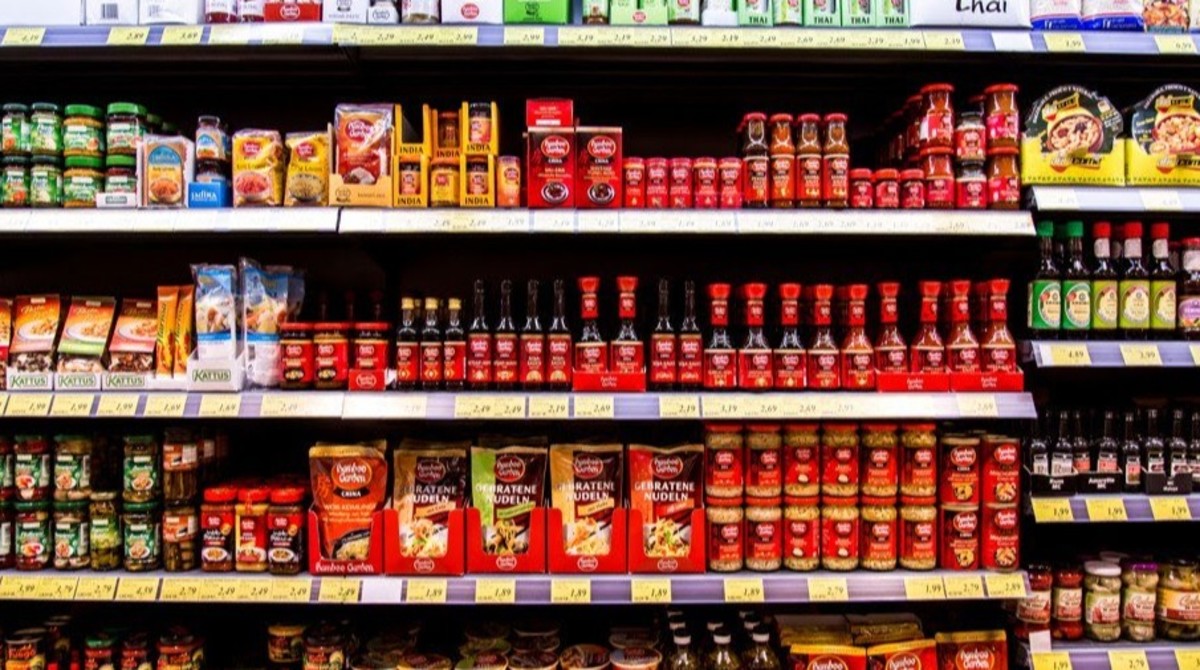What Foods Are Required To Have A Nutrition Label?
July 20, 2022

What are nutrition Labels?
Nutrition Labels are a part of the Food Label and are intended to inform the consumer of the nutritional properties of the food. The general nutrients declared on a nutrition label are Calories, Carbohydrates, Protein, Total Fat, Sugars and Sodium. This information helps consumers to make wise decisions for themselves. Apart from the purpose of conveying nutritional information, nutrition labels also encourage food manufacturers to develop a nutrient-rich food product and thus use the opportunity of declaring suitable claims for their products that attracts the consumer.
Regulations on Nutrition Labelling
The Food Safety and Standards Authority of India (FSSAI) which is the apex food governing body in India issues guidelines and regulations to be followed by all food manufacturers. As per FSSAI all packaged foods are required to have a compulsory food label along with a nutrition label. The nutrients required on the nutrition label are Energy, Protein, Carbohydrates, Total Sugars, Added Sugars, Total Fat, Saturated Fat, Trans Fat, Cholesterol and Sodium.

Exemptions from Nutrition Labelling
FSSAI has also made certain exemptions on food products for which a compulsory nutrition label is not required. Such products are given below.
Processed or Unprocessed food products having a single ingredient such as raw agricultural products- wheat, rice, cereals, vegetables, fruits, etc.
Waters, including carbonated water used for human consumption.
Herbs, spices or their mixtures except those masalas used for direct consumption.
Substitutes of Salt and Salts
Sweeteners.
Coffee and chicory extracts, beans and powder.
Tea along with infusions such as herbal and fruit.
Vinegar both fermented and substituted vinegar
Alcoholic beverages
Processing aids, flavours, additives, yeast, gelatine
Chewing gums
Other foods such as Foods for Special Dietary Use (FSDU) and Foods for special medical purposes (FSMP), unless given in the regulations.
Edible oils and fats belong to a single ingredient product category and hence is exempted from a nutrition label except that it has to mention the values of saturated fat, trans fat, monounsaturated fat, polyunsaturated fat, omega-3 and omega-6.
Also, all those products falling in the above list are required to have a nutrition label if a claim is made on them. However, apart from these foods, all other packaged food need to compulsorily have a nutrition label on them.
With respect to U.S Food and Drug Administration (FDA), the regulations on nutrition labelling are voluntary for conventional foods that are foods such as raw produce (vegetables and fruits) and fish. Apart from these, all other prepared foods are required to have a nutrition label.
Nutrition Labelling for other foods
FSSAI has in its regulations also specified labelling rules for foods meant for non-retail sales. It states that all non-retail containers should compulsorily provide nutritional information in a document format if not on the container, apart from other general labelling requirements. FSSAI has also stated that all Food Service establishments having a central license or more than 10 outlets need to compulsorily mention the calorific value along with serving size against the food name displayed on the menu cards. Apart from the nutritional values they also have to mention allergen information and veg or non-veg logo. The above regulations are also applicable to E-commerce websites and they too should obtain all nutritional information and display it on their website.
Conclusion
All in all, we can state that our regulations have become comprehensive and robust enough that requires most foods to have nutrition labels along with other information on allergens and additives. Barring a few exceptions such as raw agricultural foods and single ingredients products, the rest of the products requires a nutrition label on them. We as consumers also have a part to play by being vigilant enough to choose products having nutrition labels and to ensure to read labels carefully so that we can select the right product best suited for our health.
Also Read - What is the difference between a food label and a nutrition label?
REFERENCES
1. Codex Alimentarius Commission. GUIDELINES ON NUTRITION LABELLING. CAC/GL 2-1985. Retrieved from Guidelines | CODEXALIMENTARIUS FAO-WHO.
2. Food Safety and Standards Authority of India (FSSAI). Food Safety and Standards (LABELLING AND DISPLAY) Regulations, 2020. Retrieved from FSSAI.
3. U.S Food and Drug Administration (FDA). Food Labelling and Nutrition. Retrieved from Food Labeling & Nutrition | FDA.

Olivia Crasto (MSc in Food Processing & Preservation)
Olivia is a Learner for Life, Eco enthusiast and loves to experience nature and its beauty
